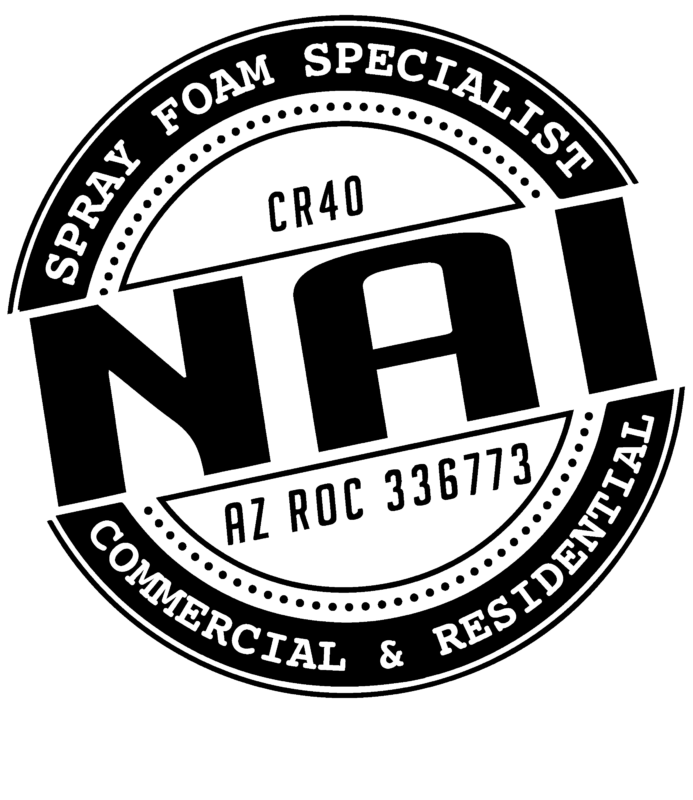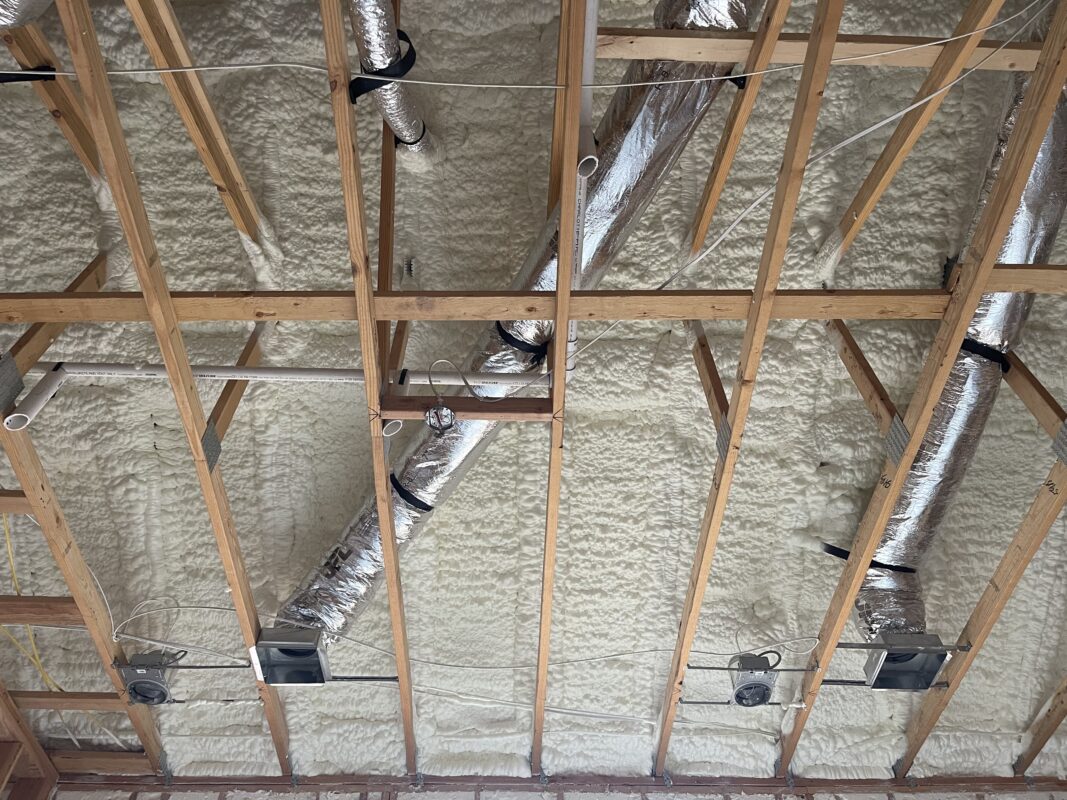As a homeowner, ensuring proper insulation for your home is crucial. It not only helps with temperature regulation but also plays a significant role in energy efficiency and overall comfort. In recent years, spray foam insulation has gained popularity as a highly effective solution for insulating homes. In this guide, we will explore the benefits, types, and installation processes of spray foam insulation to help you make an informed decision for your home.
What is Spray Foam Insulation?
Spray foam insulation is a type of insulation material that is applied as a liquid and expands into a foam layer. It is commonly used in walls, roofs, attics, and other areas of a home to provide superior insulation. Unlike traditional insulation materials such as fiberglass or cellulose, spray foam insulation creates an airtight seal that helps prevent heat loss and air leakage.
Benefits of Spray Foam Insulation
Superior Insulation Properties
Spray foam insulation has the highest R-value (a measure of thermal resistance) among all types of insulation materials, making it extremely effective in keeping your home warm in the winter and cool in the summer. Additionally, its airtight seal also acts as a moisture barrier, preventing water and condensation from entering your home.
Energy Efficiency
By reducing heat loss and air leakage, spray foam insulation can significantly lower your energy bills. This is especially beneficial for homeowners living in regions with extreme temperature fluctuations.
Structural Reinforcement
Spray foam insulation also provides structural reinforcement to your walls and roofs, making them stronger and more durable. This is especially useful in areas prone to strong winds or severe weather conditions.
Soundproofing
Due to its dense and airtight properties, spray foam insulation can effectively reduce noise transmission within and outside your home, creating a more peaceful and comfortable living space.
Long-Term Durability
Spray foam insulation is resistant to mold, pests, and decay, making it a long-term solution for your home’s insulation needs. It can also last up to 80 years with proper maintenance.
Types of Spray Foam Insulation
There are two main types of spray foam insulation: open-cell and closed-cell.
Open-Cell Spray Foam
This type of spray foam insulation is less dense and has a lower R-value compared to closed-cells. It is best suited for interior walls, ceilings, and attics due to its ability to expand into tight spaces.
Closed-Cell Spray Foam
Closed-cell spray foam insulation is denser and has a higher R-value, making it more suitable for exterior walls, roofs, and other areas that require a stronger insulation barrier.
Choosing the Right Spray Foam Insulation
When considering spray foam insulation for your home, there are several factors to take into account. These include your climate, budget, and home design. It is always best to consult with a professional installer who can recommend the most suitable type of spray foam insulation for your specific needs.
DIY vs. Professional Installation
While there are DIY spray foam insulation kits available, it is highly recommended to hire a professional installer. Proper training and equipment are essential for a safe and effective installation. Plus, professional installers have the knowledge and experience to ensure the best results for your home.
Preparing for Spray Foam Insulation Installation
Before the installation process, it is essential to prepare the area by clearing any obstacles and ensuring proper ventilation. It is also crucial to take necessary safety precautions, such as wearing protective gear and keeping children and pets away from the work site.
The Installation Process
The professional installation of spray foam insulation typically involves several steps:
- Preparation – The installer will cover surfaces and areas that do not require insulation, such as windows and doors.
- Mixing – The spray foam insulation is mixed on-site using specialized equipment.
- Application – The installer will spray the foam onto the desired surface, where it will expand into a solid layer in a matter of minutes.
- Trimming – Once the foam has cured, the excess is trimmed and sanded to create a smooth surface.
- Curing Time – The spray foam insulation requires some time to cure fully. This can range from a few hours to a couple of days, depending on the type and thickness of the foam used.
Post-Installation Considerations
After the installation is complete, there are a few post-installation considerations to keep in mind:
- Off-Gassing – It is normal for spray foam insulation to have a slight odor during the curing process. However, this should dissipate within a few days.
- Allergies – While spray foam insulation is not known to cause allergies, it is always best to consult with your installer and take necessary precautions if you or any member of your household has a known allergy to any of the components in the foam.
- Maintenance – Spray foam insulation requires minimal maintenance, such as periodic checks for any damage or cracks and reapplication of sealant if necessary.
Reach Out to NAI Spray Foam Today
Spray foam insulation is a highly effective and energy-efficient solution for insulating your home. With its superior insulation properties, structural reinforcement, and soundproofing capabilities, it is a long-term investment that can provide numerous benefits for your household.
If you are considering spray foam insulation for your home, reach out to NAI Spray Foam today. Our team of professionals can assist you in choosing the right type of insulation and ensure a proper installation for maximum results. Don’t hesitate to improve the comfort, durability, and energy efficiency of your home with spray foam insulation.

